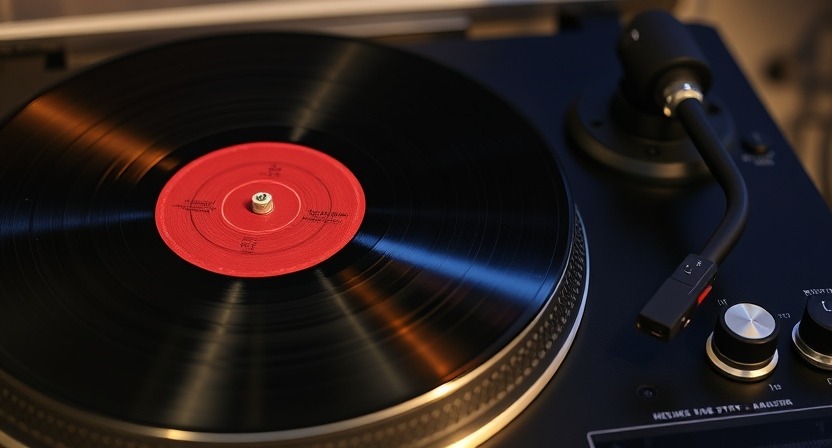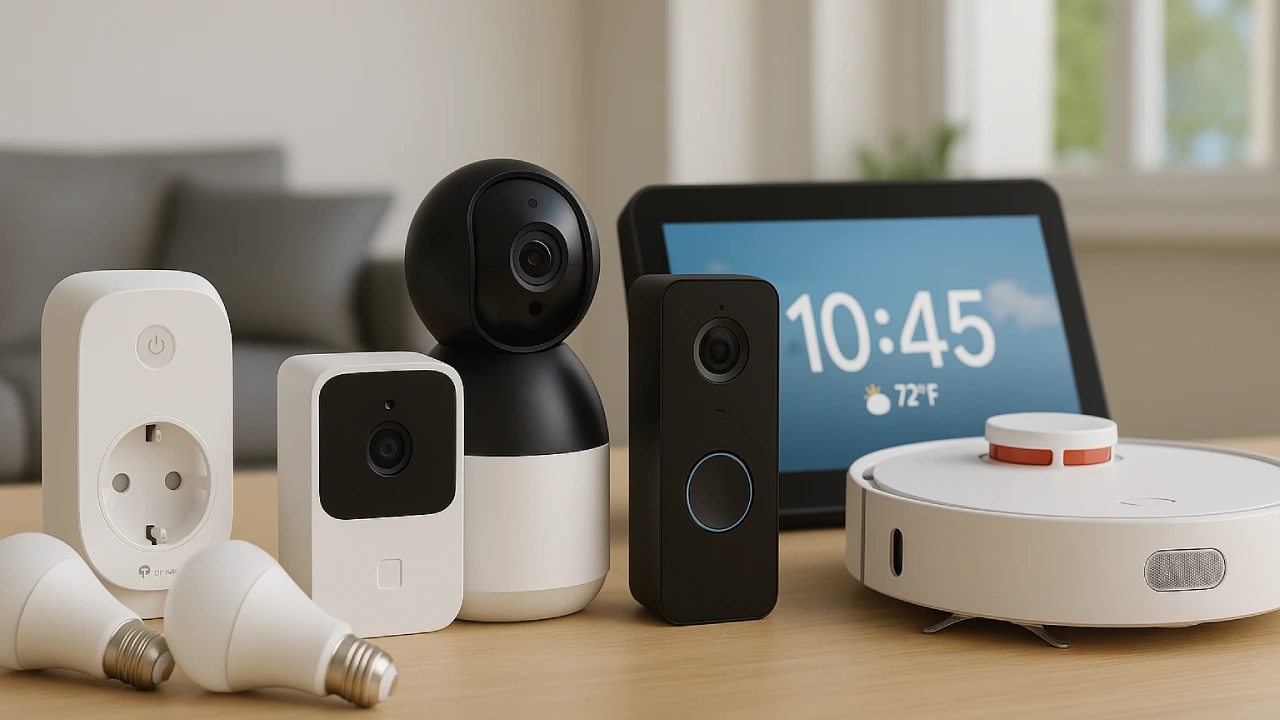In a world dominated by digital streaming, the resurgence of vinyl records and analog sound is surprising and fascinating. What started as a niche trend has grown into a full-blown movement, captivating music lovers, collectors, and even younger generations. Why are vinyl records and analog equipment making such a powerful comeback? Let’s explore this phenomenon.
The Charm of Tangibility: Holding Music in Your Hands
One of the primary reasons vinyl is making waves again is the physical experience it offers. Unlike digital files, which exist only in virtual space, vinyl records provide a tactile connection to music. Holding a vinyl record, admiring its artwork, and carefully placing it on a turntable creates a sense of ritual and anticipation that digital streaming cannot replicate.
For many, the weight and feel of a record carry emotional value. It’s not just about listening to music but engaging with it on a sensory level. This tangible experience resonates deeply in an era where so much of our media consumption happens through screens.
The Warmth of Analog Sound: A Feast for the Ears
Another compelling reason for vinyl’s resurgence is the unique sound quality it offers. Vinyl and analog recordings are often praised for their “warmth”—a quality that many argue is missing in the compressed audio files of streaming platforms.
Analog sound captures the full depth and richness of music. It’s less clinical and more organic, offering nuances that can be lost in digital formats. This depth appeals not just to audiophiles but also to artists who want their work to be heard as it was meant to be.
Even the subtle imperfections of vinyl—like the crackle and pop of a needle—add character. For some, these imperfections are a reminder of the human element in music-making.
Nostalgia: A Return to Simpler Times
Nostalgia plays a significant role in vinyl’s popularity. For older generations, vinyl records are a time machine, transporting them back to their youth. For younger listeners, vinyl offers a chance to experience music the way their parents or grandparents did.
This connection to the past is particularly appealing in today’s fast-paced world. Listening to vinyl requires slowing down and being present—a stark contrast to the endless playlists and instant skips of streaming platforms. It’s a reminder of a time when music was savored, not consumed in haste.
The Role of Artists: Driving the Vinyl Revival
Musicians and artists have been pivotal in the vinyl resurgence. Many bands and solo acts now release their albums on vinyl, often alongside digital versions. For artists, vinyl provides a way to offer something unique and tangible to their fans.
Some artists go further, using analog equipment in their recording processes. Analog gear—from tape machines to vintage microphones—brings a distinct character to their sound, emphasizing authenticity and artistry. This approach aligns with the growing desire for music that feels “real” in an age of autotune and heavily produced tracks.
Collectibility: Vinyl as an Art Form
Vinyl records are more than just a medium for music—they’re collectibles. Limited editions, colored vinyl, and exclusive pressings turn records into pieces of art. The large album covers provide a canvas for striking visuals that can be as iconic as the music itself.
This collectibility has spawned thriving communities of enthusiasts. Record stores, once thought to be relics of the past, are now hubs for vinyl lovers to discover hidden gems, trade albums, and share their passion. Vinyl fairs and conventions have also become popular events, further fueling the culture.
Sustainability and Longevity: A Durable Choice
Interestingly, vinyl’s comeback also ties into a broader shift toward sustainable living. Unlike digital files, which can be deleted or lost with a hard drive failure, vinyl records are durable. When well-maintained, they can endure for decades or even centuries.
Additionally, as more consumers question the environmental impact of streaming (data centers require enormous energy), physical media like vinyl is seen as a more sustainable option. Owning a record collection reduces reliance on cloud-based services, offering a tangible and long-lasting alternative.
The Social Aspect: Building Connections Through Vinyl
Vinyl’s resurgence isn’t just about the music; it’s also about the community it creates. Record stores and vinyl fairs provide spaces for people to come together, share recommendations, and bond over a shared love of music.
Even at home, playing vinyl can be a social experience. Gathering friends to listen to an album or hosting a vinyl-themed party encourages connection. Unlike playlists that often serve as background noise, vinyl demands attention and engagement, turning listening into an event.
The Future of Vinyl: More Than a Trend
While some may dismiss vinyl’s comeback as a passing fad, the data suggests otherwise. Vinyl sales have been steadily rising for over a decade, and new generations are discovering its appeal. The ongoing innovation in turntable design and analog equipment further ensures that vinyl remains relevant.
Whether it’s for the sound, the nostalgia, or the artistry, vinyl offers something that digital formats simply cannot. It’s a medium that celebrates music as an experience, not just a product.
Final Thoughts
The revival of vinyl and analog sound is more than just a cultural curiosity; it’s a testament to the enduring power of music. In a world where convenience often trumps quality, vinyl reminds us of the joy in slowing down, connecting with art, and savoring every note. Whether you’re an audiophile, an artist, or simply someone looking to enrich your listening experience, vinyl offers a journey worth taking.







